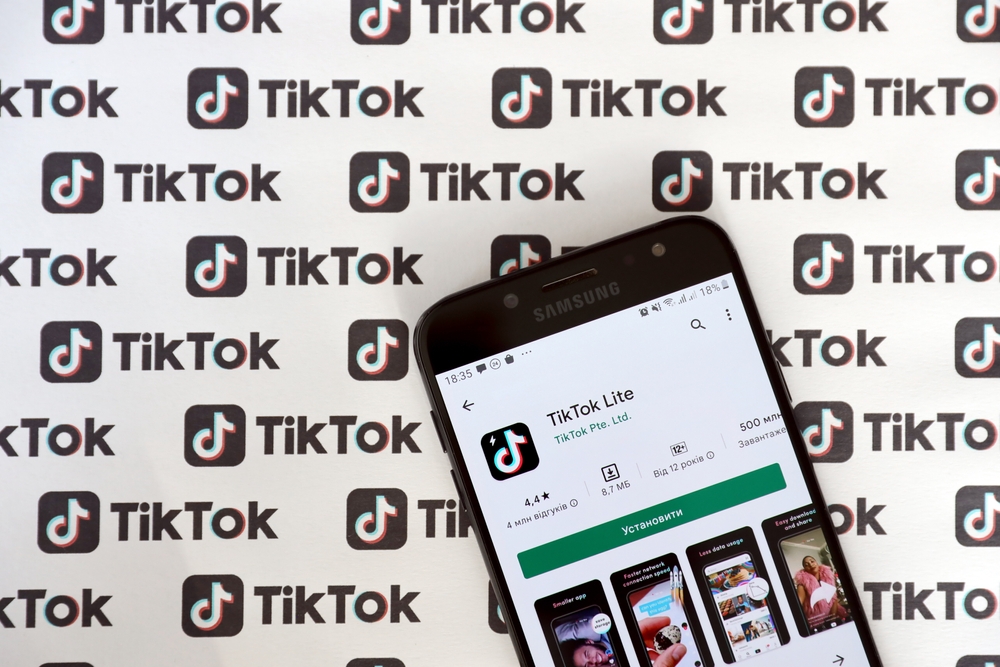Leaked internal documents from TikTok show that the company was aware that only 35 minutes of continuous viewing could lead to addiction in children. The files also reveal that ByteDance, TikTok’s parent company, knew the screen time controls it introduced would not effectively prevent addiction, serving more as a PR strategy than a meaningful solution.
Legal Battles and Released Documents
ByteDance currently faces potential TikTok bans in both the U.S. and Europe, along with lawsuits from attorneys general across several U.S. states. Thirteen states, along with the District of Columbia, have filed separate lawsuits, accusing TikTok of violating consumer protection laws and contributing to a growing teen mental health crisis. Prosecutors aim to force TikTok to alter product features they say manipulate and harm teenagers.
During the legal proceedings, ByteDance was compelled to release confidential internal documents. However, due to incorrect redactions in one case, previously hidden sections were revealed. These documents confirm that the company knew the app could foster addiction in young users.
Investigative Findings and Mental Health Impact
The internal files provide specific details on how quickly habits can form: just 260 videos are enough. Given that TikTok videos can be as short as 8 seconds and autoplay continuously, investigators found that this habit-building takes only 35 minutes. “In less than 35 minutes, the average user is likely to become addicted to the platform,” the documents state.
The lawsuits also claim that TikTok was aware of the long-term negative effects on children’s cognitive and social development. TikTok’s own research warns that “compulsive use is associated with diminished analytical skills, memory loss, reduced contextual thinking, conversational depth, and empathy, as well as heightened anxiety.” Regular use also disrupts sleep and hampers relationships with family and friends, notes NIXSolutions.
The prosecution further argues that TikTok’s screen time tool was ineffective, with a default 60-minute limit that failed to make a meaningful difference. According to company data, teens averaged 108.5 minutes of daily use before the feature was introduced, and 107 minutes afterward, showing minimal change.
We’ll keep you updated on the latest developments regarding these lawsuits and potential changes to TikTok’s policies.

